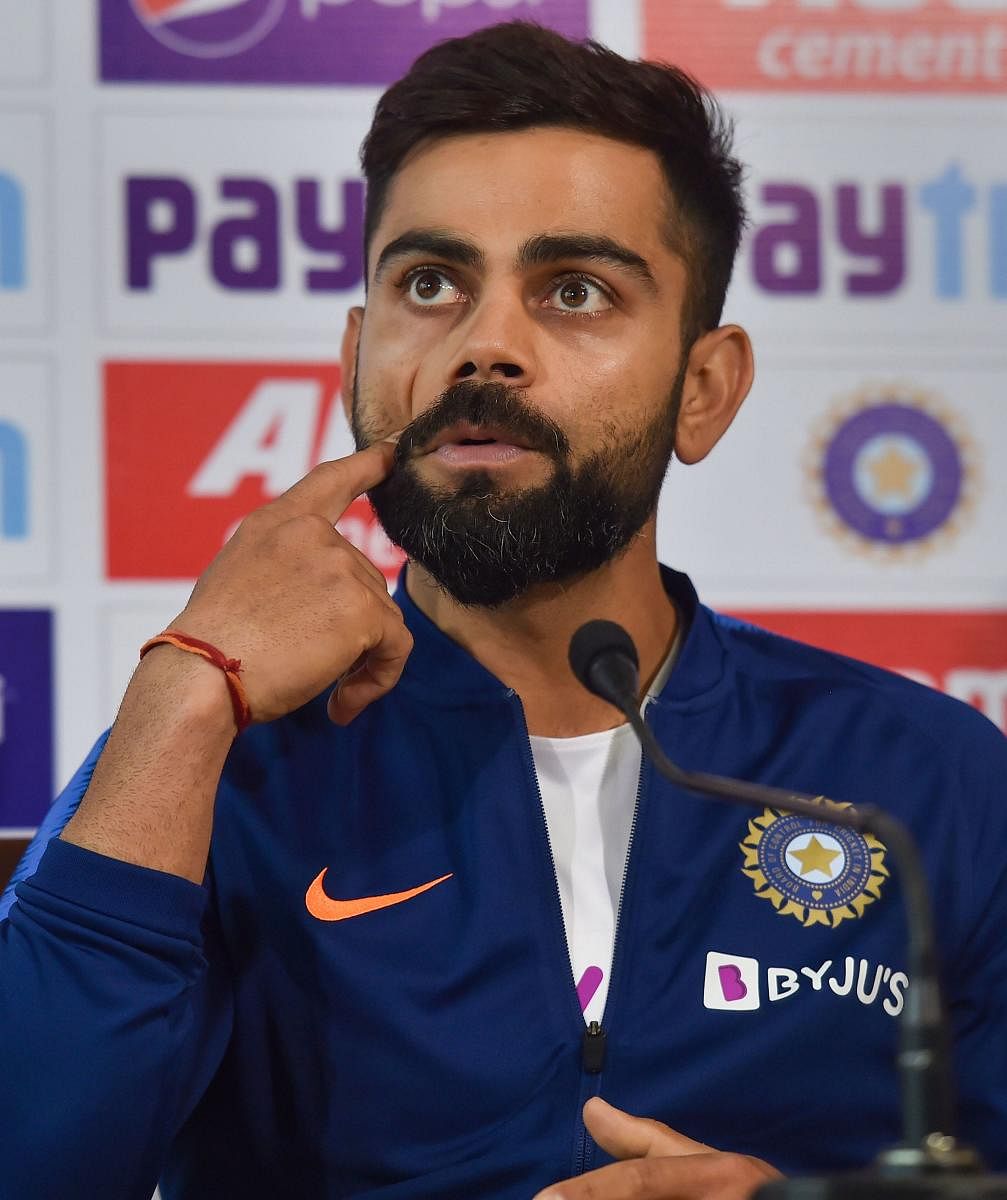Long before India decided to play pink-ball Test, Australia and New Zealand had embraced the idea. The two countries played out the first Day-Night Test in Adelaide in 2015 and since then 10 more matches have been played in six different countries and India will become only the second country in the sub-continent after the UAE, which is home to Pakistan, to host a pink ball match.
Different conditions have offered different challenges but in India, Virat Kohli feels, coping with the dew would be most difficult task.
“I think in India we have one big factor, which is dew,” he said. “I spoke to the match referee yesterday. It’s something we'll have to speak about and discuss as we go along in the game. You can’t really predict how much mopping or how much cleaning of the dew is required at which stage. You never know when the dew is going to arrive. So, we had the same discussion yesterday that we’ll have to play it as it comes and manage it in the best way possible. So, I think that is one main difference to playing day-night cricket in India as opposed to playing it in any other country. The dew is going to definitely be a factor in the last session,” he explained.
India had a first full-fledged practice session on Wednesday under lights and the batsmen came up against various challenges.
“I think in general, if you haven’t played with the pink ball before, it’s going to be challenging throughout the game,” he said when asked which phase – whether twilight or the morning session when the ball is fresh and hard – would be more difficult.
“It’ll require more concentration, more solid technique. More compact game compared to the red ball, purely because anyway in the longer format, the ball does a lot more than the white ball. Add not having great visibility or the ability to pick that colour, it makes it even more difficult. So as you can imagine, the decision-making will have to be very precise. Your idea of off stump…I think that’s going to be the most crucial thing. Because even yesterday when we practiced, we felt that the ball could be closer to you but it’s not actually that close to the off stump. So, I think that channel one will have to be careful.”
